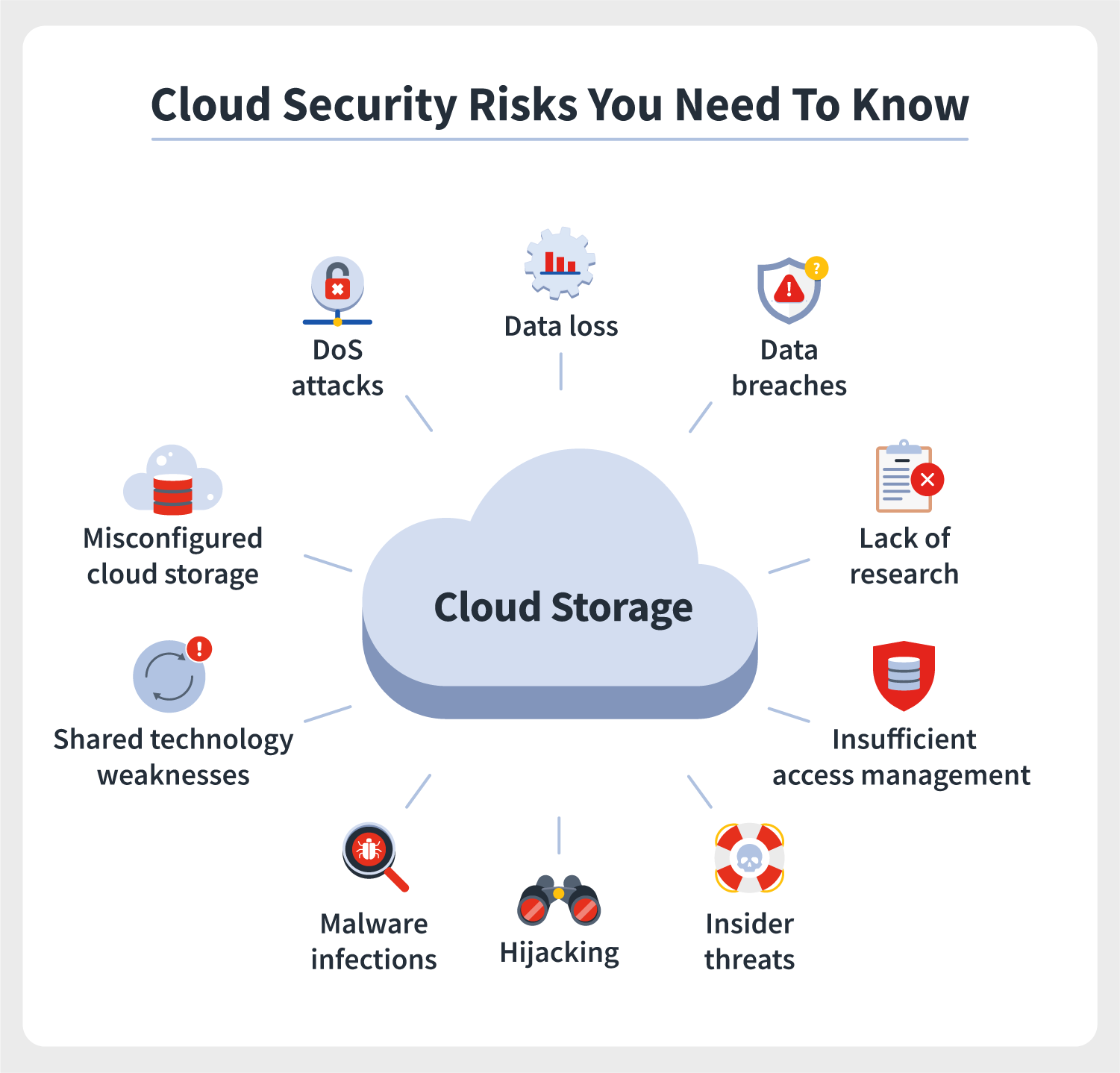Discover LinkDaddy's Latest Offering: Universal Cloud Storage Solutions
Wiki Article
Simplify Your IT Administration With Universal Cloud Solutions
In today's ever-evolving technical landscape, the demand for effective IT administration options has ended up being critical. Universal Cloud Solutions offer a promising avenue for companies looking for to simplify their IT operations. By using the power of centralized facilities administration, automated resource allotment, and robust security features, business can achieve structured procedures and enhanced productivity. The concern stays: How can these services change your IT monitoring approach and propel your organization towards better success?Advantages of Universal Cloud Services
Among the vital benefits of utilizing global cloud services in IT monitoring is the smooth scalability they use. Cloud solutions enable organizations to quickly readjust their computing resources based upon need, whether scaling up during top durations or scaling down during quieter times. This flexibility helps businesses optimize their IT infrastructure efficiently and cost-effectively, without the need to buy expensive equipment that might come to be outdated quickly.
In addition, global cloud solutions commonly consist of automated updates and maintenance, decreasing the burden on IT groups and guaranteeing that systems are consistently as much as date and safeguard. This aggressive technique to IT management helps companies stay affordable in a quickly evolving technological landscape.
Centralized IT Infrastructure Management
Efficient centralized IT framework management is important for ensuring seamless coordination and optimal performance across all business systems and sources. By centralizing IT framework monitoring, businesses can improve procedures, improve security, and boost total efficiency. Centralization permits far better control and tracking of equipment, software, data, and networking components from a single point, decreasing the intricacy of managing multiple systems spread throughout various locations.Central IT framework administration likewise promotes much easier troubleshooting and problem-solving processes. With all systems kept an eye on and handled centrally, IT groups can quickly identify problems, execute fixes, and make certain minimal downtime (linkdaddy universal cloud storage). This positive approach assists in preserving high system accessibility and reliability
In addition, systematized IT framework administration allows much better source allowance and usage. By having a centralized sight of all IT sources, organizations can optimize usage, assign sources based upon need, and protect against under or over-provisioning. This results in set you back financial savings and enhanced resource effectiveness, ultimately adding to much better general organization performance.

Automated IT Source Appropriation
Applying automated IT resource allowance boosts functional performance and enhances resource utilization within companies. By leveraging automation devices and algorithms, IT divisions can dynamically allocate sources such as computing power, storage space, and network transmission capacity based upon real-time demands. This proactive technique makes certain that sources are designated where and when they are required most, preventing traffic jams and downtime.Automated source allocation likewise assists organizations enhance prices web link by stopping over-provisioning or underutilization of resources. With automated tracking and allocation processes in location, IT teams can react swiftly to altering workload demands, scaling sources up or down as necessary. This versatility not only boosts functional efficiency but additionally permits for far better price control and budget monitoring.
Moreover, automated resource appropriation boosts agility and responsiveness within IT facilities. By simplifying resource appropriation processes, companies can adapt extra swiftly to organization needs and market modifications. This dexterity is vital in today's busy digital landscape, where the capacity to scale sources rapidly can make the difference in between success and stagnation.
Boosted Safety and Conformity
Enhancing safety and security steps and making sure compliance with governing criteria are extremely important in preserving the integrity and trustworthiness of IT systems within organizations (universal cloud storage). With universal cloud solutions, companies can take advantage of boosted protection attributes such as encryption, multi-factor authentication, and continual monitoring to shield their information and systems from cyber hazards. These solutions provide robust safety protocols that stick to industry standards and guidelines, supplying a protected setting for delicate informationAdditionally, universal cloud services help organizations in achieving conformity with various governing demands such as GDPR, HIPAA, or PCI DSS. By leveraging these services, businesses can enhance their compliance processes via built-in controls, audit trails, and automated reporting Continue capacities. This guarantees that information handling techniques straighten with the necessary lawful and regulative frameworks, decreasing the risk of non-compliance fines.
Scalability and Cost-Efficiency
An important aspect of utilizing universal cloud solutions for IT administration is the ability to achieve scalability and cost-efficiency all at once. Scalability within cloud services enables companies to easily readjust their resources based upon need, whether that implies boosting storage space capacity, including processing power, or increasing network data transfer. This versatility makes sure that business can adjust to changing demands without the need for substantial upfront investments in facilities.Furthermore, cost-efficiency is a crucial benefit of cloud services, as it enables organizations to pay only for the resources they eat. By using a pay-as-you-go model, companies can stay clear of overspending on unused capacity while additionally lowering the overall expense of possession compared to conventional IT arrangements. In addition, cloud services typically offer economies of range, supplying access to high-performance innovation at a fraction of the cost of preserving internal systems.
Conclusion
Finally, universal cloud solutions use various advantages such as centralized infrastructure administration, automated resource appropriation, boosted safety and security, cost-efficiency, scalability, and compliance. By leveraging these benefits, organizations can enhance IT procedures, improve security steps, enhance source allotment, and make sure regulative compliance. The seamless scalability and automated updates provided by universal cloud services make it possible for effective source management, advertising operational effectiveness and price control in today's click this link vibrant IT landscape.By having a central sight of all IT sources, companies can optimize usage, allocate resources based on need, and prevent under or over-provisioning.Carrying out automated IT resource allocation boosts functional efficiency and optimizes resource utilization within organizations.Automated resource allotment also helps companies maximize prices by avoiding over-provisioning or underutilization of sources.In verdict, universal cloud services offer many advantages such as centralized facilities administration, automated source allotment, boosted protection, compliance, cost-efficiency, and scalability. The seamless scalability and automated updates provided by global cloud solutions allow efficient resource management, promoting functional efficiency and cost control in today's vibrant IT landscape.
Report this wiki page